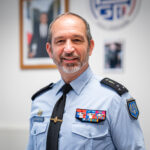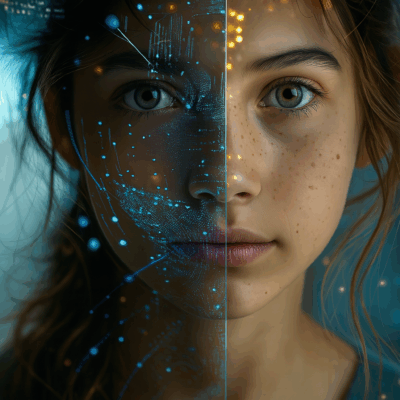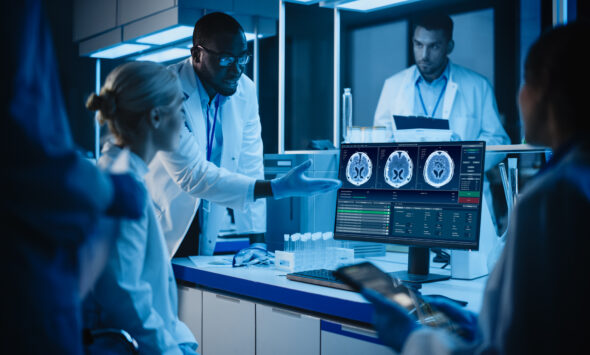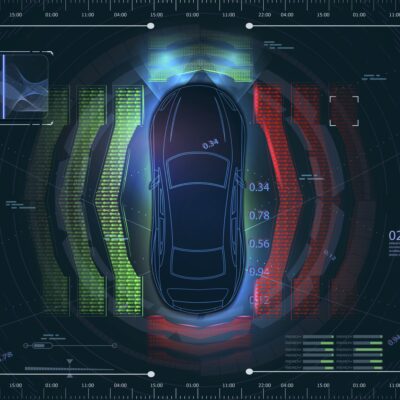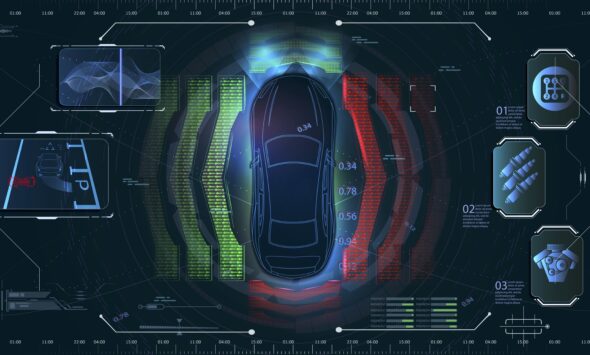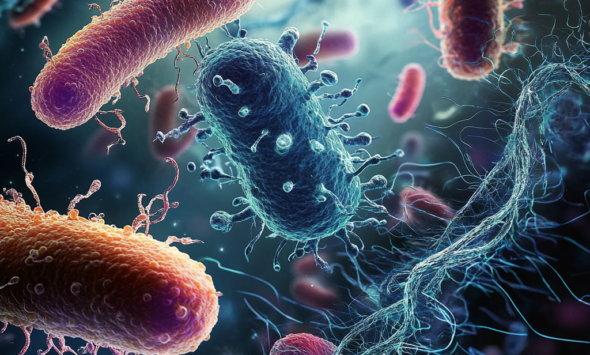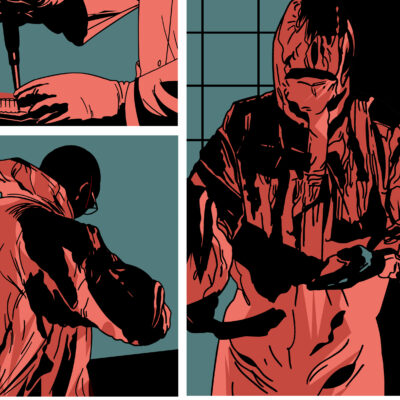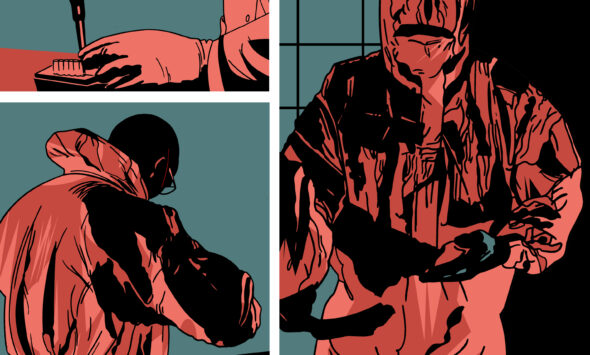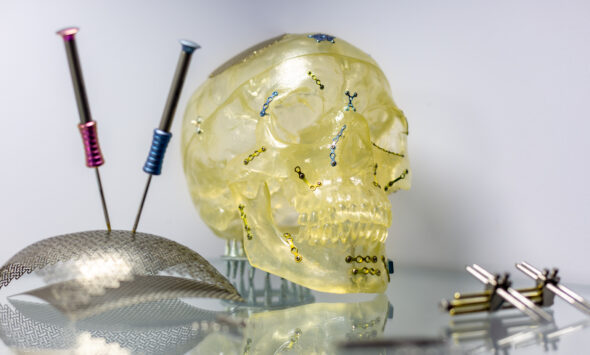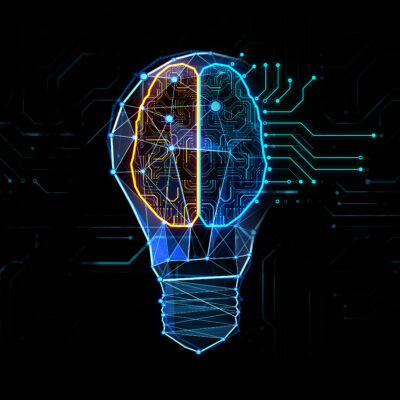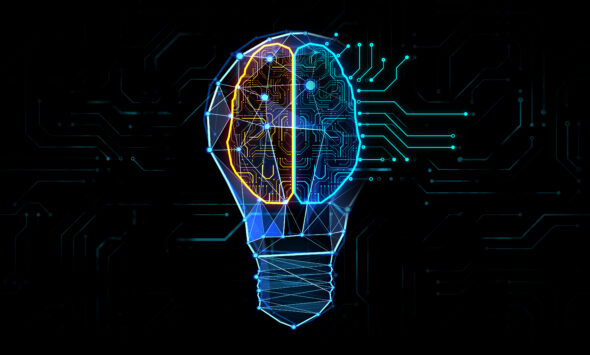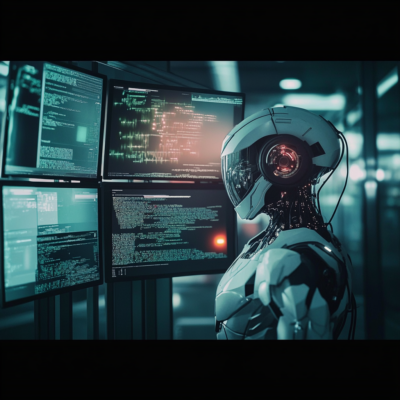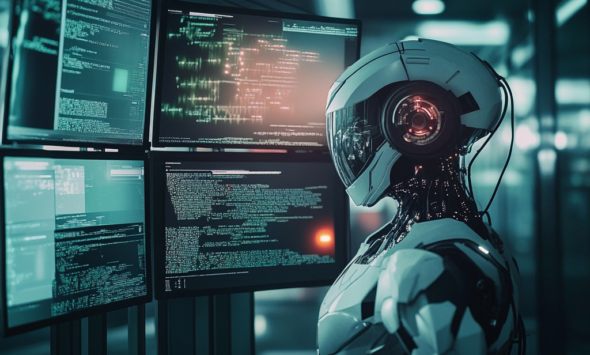Finally, a French website that aims to promote not only the reliability of results through the acceptance of questioning the knowledge and truths proclaimed by “experts” (which aligns rather well with our distinctly French critical mindset), but also the emergence of a new discipline: “forensic” science, which deals with inferences drawn from the study of effects in order to approach their underlying causes. On this site, we will therefore not be subjected to dogmas, technological quarrels, or axioms, but rather be encouraged to awaken a “forensic” way of thinking that is open to society, to critique, and firmly modern and universal in its technical application.
To assist the reader of this site, it is essential to define the terminology employed by the “experts” working towards the pursuit of truth in criminal trials within the judicial system. Just as law, the Navy, or medicine have their own specialized vocabulary, so too do the sciences, and the use and precision of this vocabulary are necessary to understand their results or demonstrations. The absence of bias in the reporting of findings and the linguistic clarity of conclusions largely contribute to the acceptance of judicial decisions or of the “right to punish” that is vested in Justice in our societies.
It is therefore indispensable to distinguish “criminology,” which concerns itself with the social phenomenon of crime, from “criminalistics,” which is the use of scientific methods, belonging to the exact sciences, to study or evaluate traces found at crime scenes. The Code of Criminal Procedure, in its Article D.7, refers to “technical and scientific police operations,” in order not to differentiate between the detection, collection, preservation, or exploitation of traces. These specialties will not be addressed directly in this article. Instead, we will consider the field of “forensic sciences,” representing the practical application of all the “exact” sciences to the pursuit of truth in criminal trials, sciences whose role is to shed light for the judge in the decision-making process. To illustrate this point, I would say that if the position of celestial bodies were relevant to solving a crime, forensic sciences would include astrophysics, but not astrology.
Naturally, this leads us to the emergence of “Forensic” science in the singular, to demonstrate that, as a result of numerous theoretical contributions regarding the study of effects to determine causes, the reasoning and techniques employed in approaching the crime scene have now given rise to a distinct science in its own right: “forensic,” a discipline open to history, economics, and innovation, but also to evolution and intrinsic critique, no longer limited to the mere application of another science (physics, chemistry, genetics, etc.) to the judicial domain of trace evidence examination. As with other sciences, peer-reviewed journals dedicated specifically to forensic science have thus emerged.
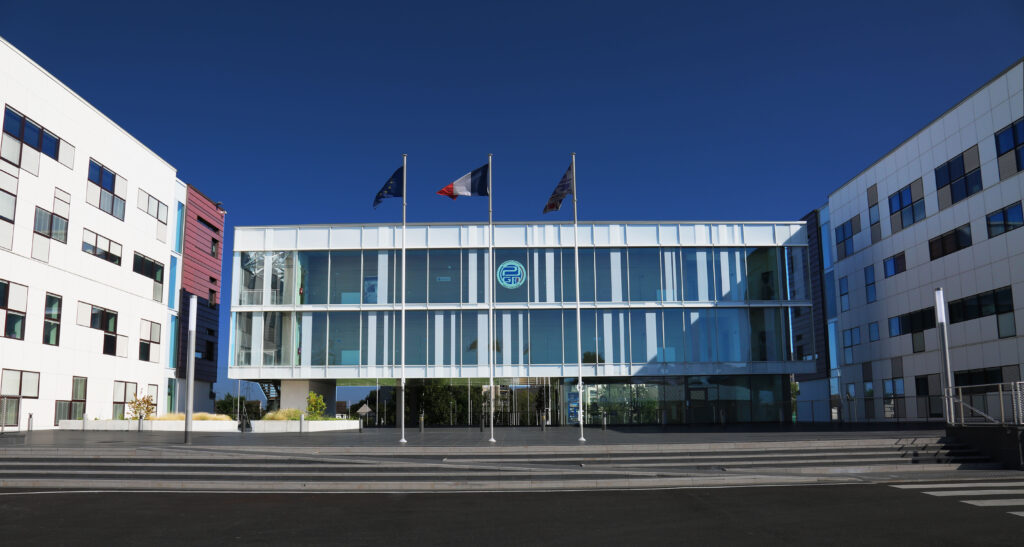
From the moment justice sought to uncover the truth through demonstration rather than relying on divine judgment (ordeals), it turned to knowledgeable individuals in relevant fields for guidance. Within the inquisitorial system, as early as the fifteenth century, midwives, surgeons, and physicians were called upon by the courts to determine the nature of a crime, cases of infanticide, to examine a body in order to establish the time of death, the type of injuries, their lethality, or to identify the weapon used. Thus, given the diversity of crimes, all trades quickly became “required,” such as notaries for forged documents, goldsmiths for counterfeit jewelry, or carpenters for break-ins, until the development of specialized sciences in the late nineteenth century brought increasingly advanced expertise—chemistry, toxicology, physics, and even mathematics, as exemplified during the Dreyfus trial. Today, experts organized into professional associations assist magistrates in nearly every country in the world.
The more justice seeks precision in its decision-making, the more it turns to experts to shed light on its judgments and establish the moral or material causality of offenses. France occupies a special place within the global forensic community, due to the theorization, in the early twentieth century, by Dr. Edmond LOCARD[1], of this specific approach to the crime scene, through the formulation of a fundamental principle: “every contact leaves a trace. It is impossible for a criminal to act, especially considering the intensity of a crime, without leaving numerous marks of his presence. Sometimes the offender leaves behind traces of his activity at the scene, while at other times, through a reverse action, he carries away on his body or clothing indications of his presence or his actions.” This clear statement underlines the necessity of trace evidence detection by investigators at crime scenes in order to substantiate the offense and identify its perpetrator.
A second principle essential to forensic sciences was articulated by Paul Leland KIRK (1902–1970): “Every object in our universe is unique. Two objects of common origin can be compared, and individualization can be established if the objects possess sufficient quality to permit the observation of their individuality.”
When these two fundamental principles are combined, one arrives at the scientific demonstration of the individualization of traces and, potentially, of the offender or the location from the traces recovered at a crime scene. Forensic experts constantly strive to identify such individualizing traces, which today are best exemplified by the detection of biological traces left by a perpetrator at a crime scene, enabling the identification of their unique source.
It can thus be concluded that criminalistics seeks to detect and analyze traces and evidence recovered from crime scenes on the basis that the study of effects allows one to infer causes, by applying the first principle—that every contact leaves a trace—and the second—that every trace is individualizing—together with the fact that no two random phenomena ever leave exactly the same traces. Nevertheless, this requires particular caution on the part of those tasked with interpreting results, since the traces discovered by investigators—and those specifically sought[2]—do not reflect all the traces actually present, nor therefore all the effects corresponding to all possible causes.
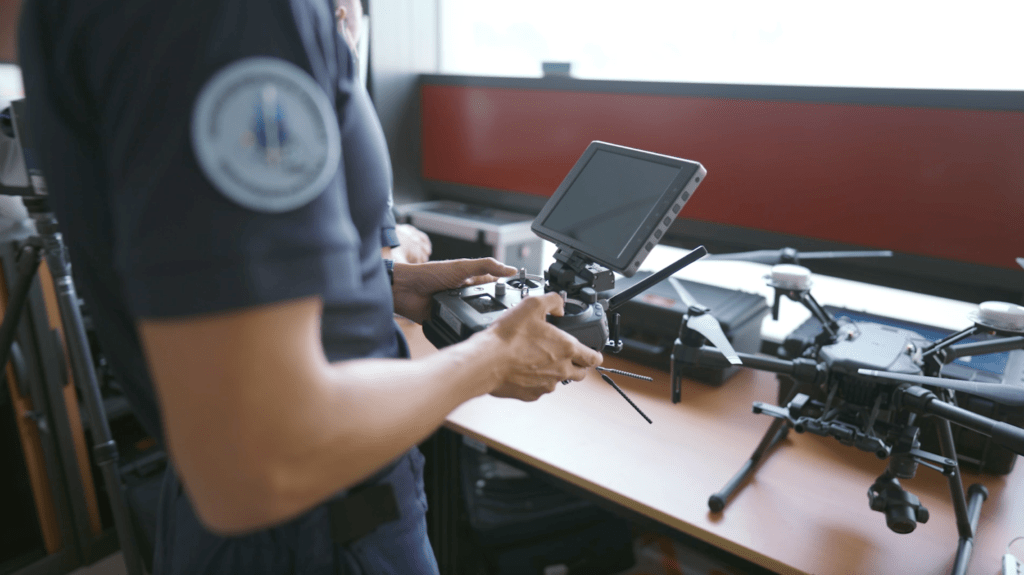
The holistic approach to trace analysis drives innovation, leading industry to continually develop techniques for improved detection (such as the crimescope[3] in the 1980s), better collection of highly informative evidence like genetic traces (swabs in the 2000s), the recovery of invisible digital evidence (radio wave sensors/IoT devices in the 2010s), and, more recently, the development of odor sensors capable of detecting olfactory signatures[4] potentially left behind by an offender wearing a mask and gloves. All these new capabilities are now available to forensic police units worldwide. Forensic science laboratories, meanwhile, employ analytical equipment that is increasingly sensitive, specific, and rapid—producing results that are ever more complex to interpret, and requiring the expertise of highly skilled professionals.
When all the data obtained from the exploitation of these different types of evidence are combined, it becomes indispensable to rely on artificial intelligence tools or data-mining methods, which are now prerequisites for understanding, contextualizing, and exploiting the full range of information derived from a criminal case. Whereas in the 1980s a typical case file comprised around 1,000 pages (readable by a single person), today the investigation involves the processing of gigabytes of data in the form of texts, images, recordings, connection logs, audio files, and a wide variety of highly specialized analytical results. Furthermore, each item of evidence carries a specific weight in the demonstration (Bayesian interpretation), which may vary depending on the context of its discovery. For instance, a DNA trace recovered from a cigarette butt (which could have been transported) does not carry the same probative value as the same DNA trace found on a knife embedded in a victim’s back. In forensic science, this relative probative value is formalized using Bayes’ theorem, which allows the probability of one event to be determined from another event that has occurred, provided the two events are interdependent. Here again we find the pursuit of inference through the study of effects to understand their causes.
Only the use of tools capable of automatically creating relational links within a case file, of computing Bayesian networks to assess the weight of each piece of evidence, of annotators able to contextualize words within sentences or detect temporal or geographical inconsistencies between statements, or of systems able to retrieve a specific image from video recordings, will make it possible to fully comprehend the case, to reconstruct events—in short, to “judge.” The development of tools with fully controlled algorithms, free of the cognitive biases of their designers, is currently under evaluation in forensic science laboratories.
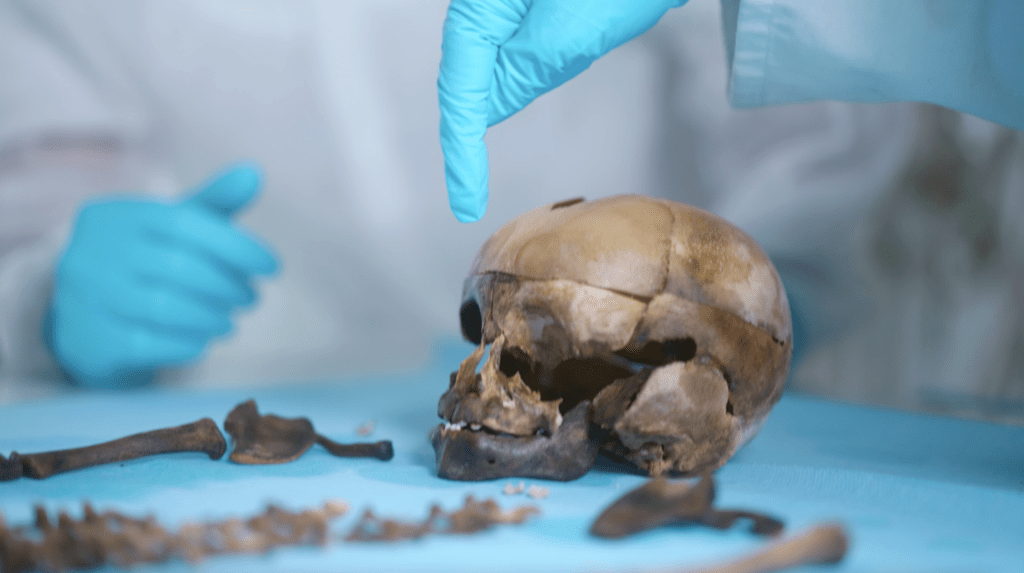
The capture of all traces present, in every form that technology allows, and their placement within a digital space reconstructing the crime scene, already provides us today with a tool enabling the visualization of such scenes (the digital twin). Yet, far beyond a simple animated reconstruction in augmented reality, the advent of the “metaverse,” integrating all the previously described digital tools, heralds a paradigm shift. A « metaverse » capable of reproducing natural laws (all physical phenomena of the real universe)—the trajectory of a projectile, the fall of a body, the explosion of a bomb and the projection of fragments, even the reconstruction of blood spatter—will enable us to replay scenarios, generate hypotheses, and test them in a theoretical effect/cause feedback loop that can propose alternative sequences of events, redirect the search toward specific traces, or reveal inconsistencies in the discovery of certain evidence. The integration of probabilistic laws into these metaverses will provide investigators and magistrates with a scoring system ranking one hypothesis as more probable than another in light of the traces recovered. The ability to process enormous quantities of data, combined with artificial intelligence algorithms capable of proposing and replaying hypotheses and scenarios, simulating them, and then analyzing their effects to compare and progressively (mathematically) align them with traces found at the crime scene, represents the ultimate step in understanding an event. This should allow the magistrate to come as close as possible to the reality of what occurred.Forensic science, which seeks to reconstruct the past from thousands of data points gathered in the present, opens a field of critical analysis that helps to nourish and shape the overall thinking of our society. Market economies, urbanization, environmental issues, and pandemics raise the same questions of why a situation arises, in order to better adapt to it. Forensic science, in its pursuit of judicial truth in criminal trials, has developed theoretical foundations and tools to address this why and propose a how, thanks to the instruments designed by investigators and forensic scientists.
Références
- [1] Edmond Locard (1877-1966) is the author of a Treatise on Forensic Science (Traité de police scientifique) in seven volumes. This work proposes a methodology for this new science and is still used today as a foundation for all forensic science laboratories worldwide. This treatise includes a study of criminal investigation, proof of identity, fingerprints, and the examination of written documents, among other subjects.
- [2] “The eye sees in things only what it looks at, and it only looks at what is already in the mind.” Motto attributed by Lacassagne to Bertillon (Niceforo, 1907)
- [3] Crimescope: Multispectral lighting allowing the selection of specific wavelengths for certain traces (fiber, blood, etc.) and thus making them detectable in an environment where they were not visible to the naked eye.
- [4] https://www.gendarmerie.interieur.gouv.fr/pjgn/innovation/les-publications-scientifiques/empreinte-olfactive
Tous droits réservés - © 2025 Forenseek
